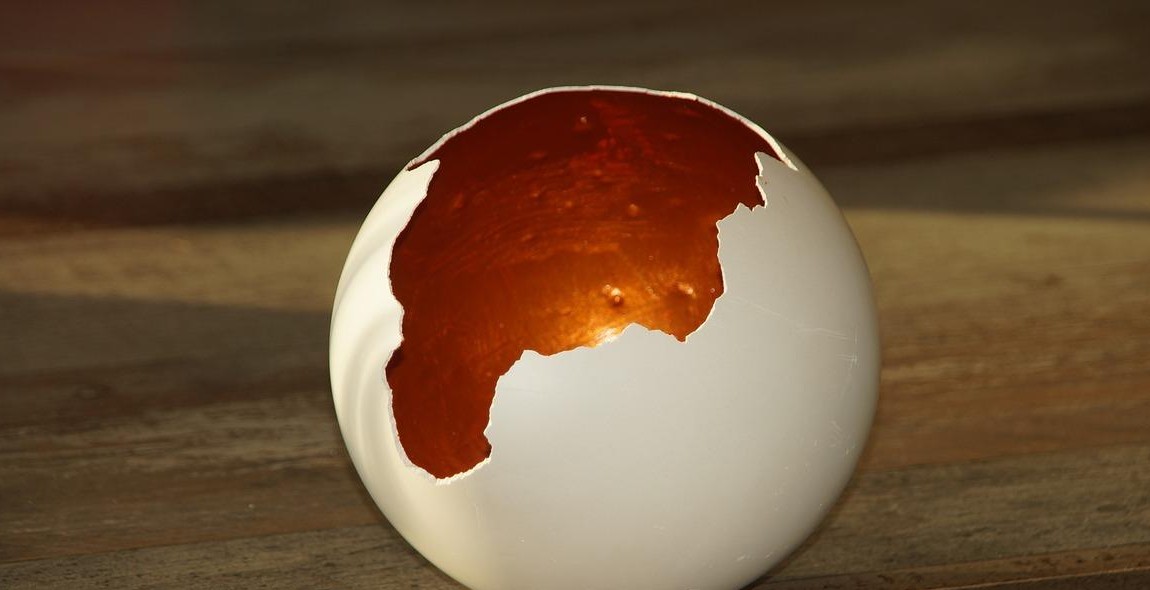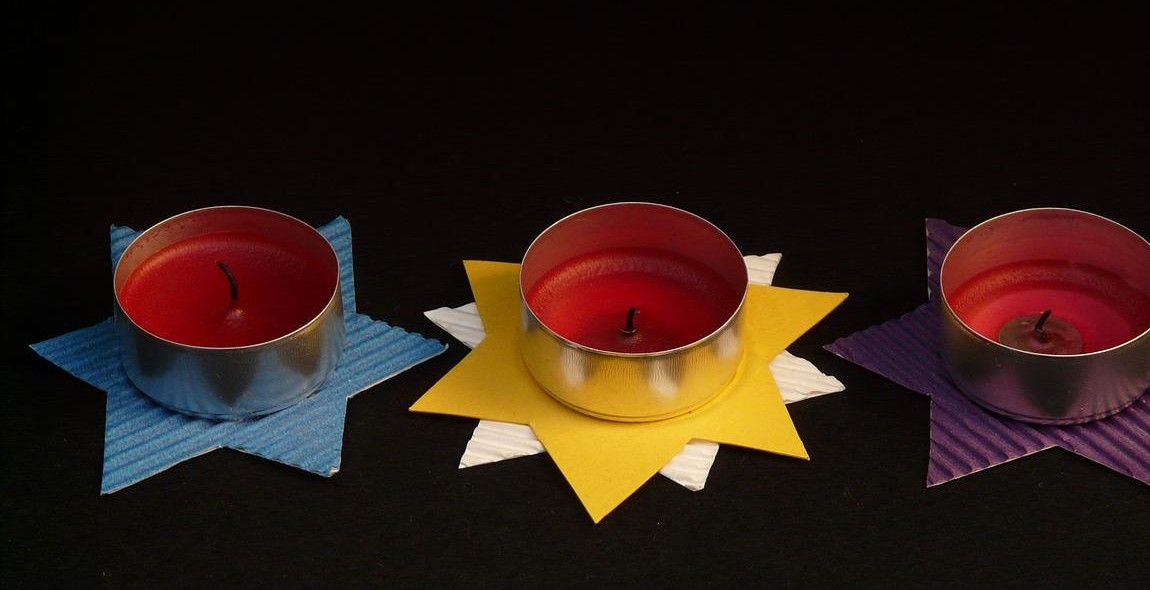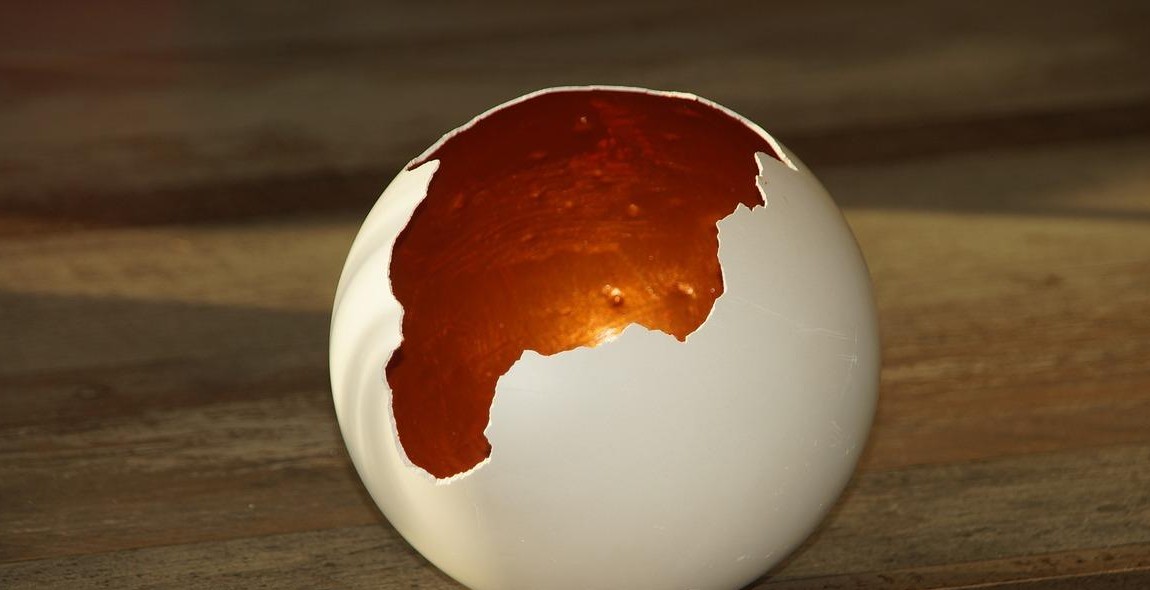How to Make Homemade Candles: Recipes and Techniques for Scented and Decorative Candles
If you love candles, then you know how expensive they can be. But did you know that you can easily make your own candles at home? Not only is it cost-effective, but it’s also a fun and creative activity that can be enjoyed by people of all ages.
Why Make Homemade Candles?
There are many reasons why you should consider making your own candles. First and foremost, it allows you to create candles that are personalized to your taste and preferences. You can choose your own scents, colors, and designs, making each candle unique and special. Additionally, making your own candles is a great way to reduce waste and live a more sustainable lifestyle. You can reuse old candle jars and containers and even make your own wicks from natural materials.
What You Need to Get Started
To get started with making your own candles, you will need a few basic supplies. These include:
- Wax (such as soy wax or beeswax)
- Candle wicks
- Candle fragrance oils or essential oils
- Candle dye or coloring
- Candle containers (such as jars or tins)
- Candle thermometer
- Candle-making pitcher or double boiler
The Basics of Candle Making
Candle making involves melting the wax, adding fragrance and color, and pouring the mixture into a container with a wick. However, there are a few tips and tricks to keep in mind to ensure that your candles turn out beautifully. For example, it’s important to measure the wax and fragrance oils carefully and to keep an eye on the temperature of the wax to prevent overheating. With a little practice and experimentation, you’ll soon be able to create your own beautiful and fragrant candles!
Why Make Homemade Candles?
If you’re looking for a new hobby or a way to add a personal touch to your home decor, making homemade candles is a great option. Not only is it a fun and creative activity, but there are also several benefits to making your own candles.
Personalization and Customization
When you make your own candles, you have complete control over the fragrance, color, and style of the candle. You can customize your candles to match your home decor, create a specific ambiance, or even make them as gifts for friends and family. The possibilities are endless, and the personalization and customization options are truly limitless.
Cost-Effective
Buying candles from the store can be expensive, especially if you prefer high-quality candles made with natural ingredients. Making your own candles can be a cost-effective alternative, as many of the materials you need are affordable and readily available. Additionally, you can make a large batch of candles at once, which can save you money in the long run.
Health Benefits
Many store-bought candles are made with synthetic fragrances and chemicals, which can be harmful to your health when burned. When you make your own candles, you have the option to use natural ingredients like essential oils, soy wax, and beeswax, which can provide health benefits like stress relief and improved air quality.
Overall, making homemade candles is a fun, cost-effective, and customizable hobby that can also provide health benefits. Whether you’re a seasoned candle-maker or a beginner, there’s no better time to start making your own candles.

Choosing the Right Wax
Choosing the right wax is essential in making homemade candles. There are several types of wax available in the market, including soy wax, beeswax, and paraffin wax. Each wax has its unique characteristics, which affect the candle’s final appearance, scent, and burn time.
Soy Wax
Soy wax is a popular choice for candle making due to its eco-friendly nature. It is made from soybean oil and produces a clean-burning candle with a creamy, opaque appearance. Soy wax has a lower melting point, which means it has a longer burn time and releases a stronger scent throw. It is also easy to work with and ideal for beginners.
Beeswax
Beeswax is a natural wax made from the honeycomb of bees. It has a pleasant, subtle honey scent and produces a warm, golden-colored candle. Beeswax candles burn longer than other waxes and emit negative ions that purify the air. However, it is more expensive than other waxes and requires a higher melting point, which can be challenging for beginners.
Paraffin Wax
Paraffin wax is the most commonly used wax in candle making. It is a by-product of petroleum and produces a clear, shiny candle. Paraffin wax has a high melting point, which means it has a shorter burn time and releases a weaker scent throw. It is also less expensive and readily available in the market.
| Wax Type | Appearance | Burn Time | Scent Throw | Difficulty Level |
|---|---|---|---|---|
| Soy Wax | Creamy, opaque | Longer | Stronger | Easy |
| Beeswax | Warm, golden | Longest | Subtle | Difficult |
| Paraffin Wax | Clear, shiny | Shorter | Weaker | Easy |
Essential Oils and Fragrances
Adding essential oils or fragrance oils to your homemade candles can elevate the overall experience of burning them. Here are some tips for choosing the right scents:
Choosing Essential Oils
Essential oils are derived from natural sources such as plants, flowers, and fruits. They offer a range of therapeutic benefits and can create a relaxing and calming atmosphere. When choosing essential oils for your candles, consider the following:
- Quality: Look for high-quality, pure essential oils without any additives or synthetic fragrances.
- Compatibility: Make sure the essential oils you choose are safe to use with the type of wax you are using. Some essential oils can cause discoloration or affect the scent throw of the candle.
- Personal preference: Choose scents that you enjoy and that align with the purpose of the candle. For example, lavender essential oil is known for its calming properties and is a popular choice for relaxation candles.
Fragrance Oils
Fragrance oils are synthetic fragrances that are specifically designed for candle making. They offer a wide range of scents and are often less expensive than essential oils. When choosing fragrance oils, consider the following:
- Quality: Look for high-quality fragrance oils that are specifically designed for candle making.
- Compatibility: Make sure the fragrance oils you choose are safe to use with the type of wax you are using. Some fragrance oils can cause discoloration or affect the scent throw of the candle.
- Personal preference: Choose scents that you enjoy and that align with the purpose of the candle. For example, a fruity fragrance oil may be a good choice for a summer-themed candle.
| Essential Oils | Fragrance Oils |
|---|---|
| Natural | Synthetic |
| Therapeutic benefits | Wide range of scents |
| More expensive | Less expensive |

Wicks and Wick Holders
Choosing the right wick is crucial for making a successful candle. The type of wick you choose will depend on the wax you are using, the size of your candle, and the desired burn time.
Wick Types
There are several types of wicks available:
- Cotton wicks are the most common and versatile.
- Wooden wicks create a unique crackling sound as they burn.
- Zinc wicks are a good choice for soy wax candles.
- Paper-core wicks are a good choice for beeswax candles.
When choosing a wick, consider the diameter of your candle. A wick that is too small will not burn hot enough to melt the wax, while a wick that is too large will create too much heat and may cause the candle to burn too quickly or unevenly.
Wick Holders
Wick holders are essential for keeping the wick centered in the candle while it sets. There are several types of wick holders:
- Wick pins are used for container candles and hold the wick in place at the bottom of the container.
- Wick bars are used for pillar candles and hold the wick in place at the top of the candle.
- Wick stickers are adhesive dots that hold the wick in place at the bottom of the container.
When using a wick holder, make sure the wick is straight and centered. A crooked wick can cause the candle to burn unevenly or not at all.
| Wick Type | Wax Type | Candle Size | Burn Time |
|---|---|---|---|
| Cotton | Paraffin | Small | 2-3 hours |
| Wooden | Soy | Medium | 4-5 hours |
| Zinc | Beeswax | Large | 6-7 hours |

Coloring Your Candles
Coloring your candles is a fun and creative way to add a pop of color to your homemade candles. There are two main types of candle dyes: liquid and dye chips. Liquid dyes are easy to use and come in a wide range of colors. Dye chips, on the other hand, are small chips of solid color that need to be melted with the wax.
Liquid Dyes
Liquid dyes are the most popular choice for candle makers. They come in a variety of colors and are very easy to use. Simply add a few drops of the liquid dye to your melted wax and stir well. Keep adding dye until you reach the desired color. Be sure to test the color by dipping a white piece of paper into the wax to see what the color will look like when it’s dry.
Dye Chips
Dye chips are small chips of solid color that need to be melted with the wax. They are a bit more difficult to use than liquid dyes, but they offer a wider range of colors. To use dye chips, simply add them to your melted wax and stir well. Keep adding chips until you reach the desired color.
Natural Colorants
If you prefer to use natural colorants in your candles, there are several options available. Some popular natural colorants include beetroot powder, turmeric powder, and spirulina powder. These natural colorants can be added to your melted wax and stirred well to create beautiful, natural-looking candles.
| Type of Dye | Pros | Cons |
|---|---|---|
| Liquid Dyes | Easy to use, wide range of colors | May not be as vibrant as dye chips |
| Dye Chips | Wide range of colors | More difficult to use, may not dissolve completely |
| Natural Colorants | Beautiful, natural-looking colors | May not be as vibrant as synthetic dyes |
Equipment and Supplies
Before you start making homemade candles, you need to make sure you have all the necessary equipment and supplies. Here are the essential items you will need:
Double Boiler or Wax Melter
A double boiler or wax melter is essential for melting the wax. You can use a traditional double boiler or a specialized wax melter designed for candle making. Make sure the one you choose is large enough to hold the amount of wax you plan to use.
Thermometer
A thermometer is crucial for monitoring the temperature of the wax. The ideal temperature range for melting wax is between 160-180°F. Using a thermometer will help ensure that the wax is heated to the correct temperature and prevent overheating.
Pouring Pitcher
A pouring pitcher is used to pour the melted wax into the molds. Choose a pitcher with a spout that will allow you to pour the wax precisely and cleanly.
Molds
You can use a variety of molds to make candles, including glass jars, metal tins, silicone molds, and more. Make sure the mold you choose is appropriate for the type of wax you are using and the size and shape of the candle you want to create.
Heat Gun
A heat gun is used to smooth out the surface of the candle and remove any air bubbles. It is also useful for creating unique patterns and designs on the surface of the candle.
Kitchen Scale
A kitchen scale is essential for measuring the wax and other ingredients accurately. Make sure the scale you choose can measure small amounts of ingredients with precision.
| Equipment/Supply | Description |
|---|---|
| Double Boiler or Wax Melter | Used to melt the wax |
| Thermometer | Used to monitor the temperature of the wax |
| Pouring Pitcher | Used to pour the melted wax into the molds |
| Molds | Used to shape the candle |
| Heat Gun | Used to smooth out the surface of the candle and remove air bubbles |
| Kitchen Scale | Used to measure ingredients accurately |
Step-by-Step Candle Making
Preparing Your Work Area
First, prepare your work area by covering it with newspapers or a plastic sheet to avoid any wax spills. Make sure your work area is clean and dry.
Measuring and Melting the Wax
Measure the amount of wax you need for your candles and melt it in a double boiler. Be sure to use a thermometer to monitor the temperature of the wax and prevent it from overheating.
Adding Fragrance and Color
Once the wax is melted, add fragrance and color to your liking. Use essential oils for a natural scent and candle dye for color. Stir the mixture thoroughly to ensure even distribution.
Preparing the Wicks
Prepare your wicks by cutting them to the desired length and securing them to the bottom of your candle molds using a wick holder or hot glue gun.
Pouring the Wax into the Molds
Pour the melted wax into your prepared candle molds, leaving some space at the top. Use a skewer or chopstick to remove any air bubbles that may have formed.
Cooling and Finishing
Allow the candles to cool and harden completely. Once they are firm, smooth out any uneven surfaces with a heat gun or hairdryer.
Removing the Candles from the Molds
Remove the candles from the molds by gently pulling on the wick. If the candles are difficult to remove, place the molds in the freezer for a few minutes to loosen the wax.
Trimming and Testing the Wicks
Trim the wicks to ¼ inch and test burn your candles to ensure they are safe and burn evenly. Enjoy your homemade scented and decorative candles!
